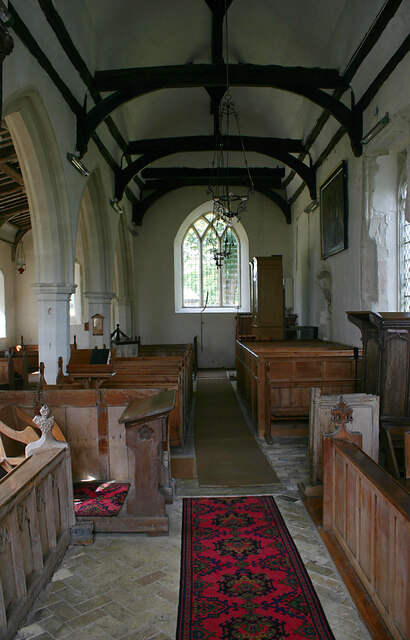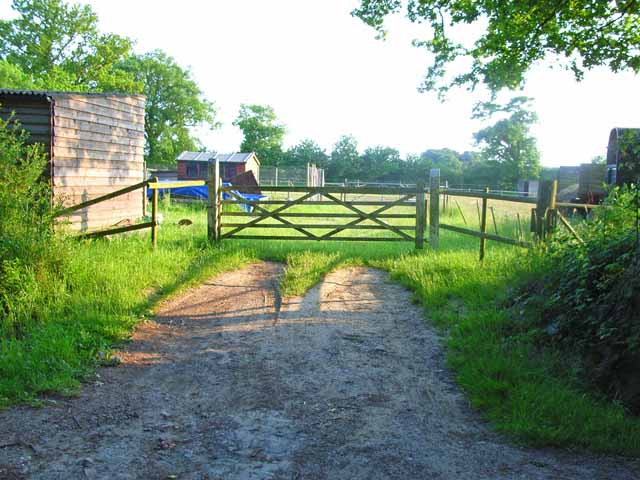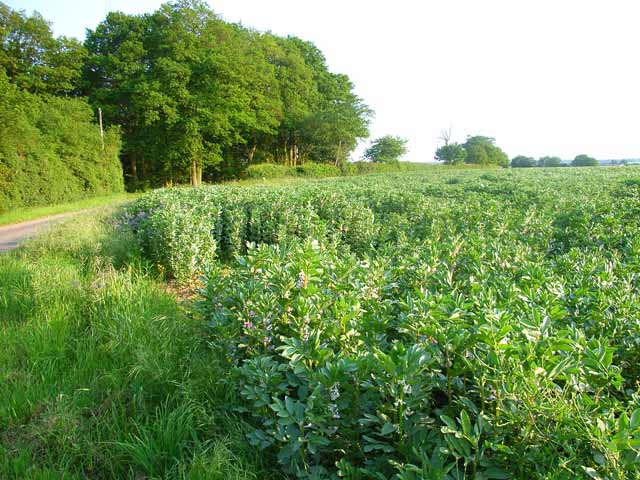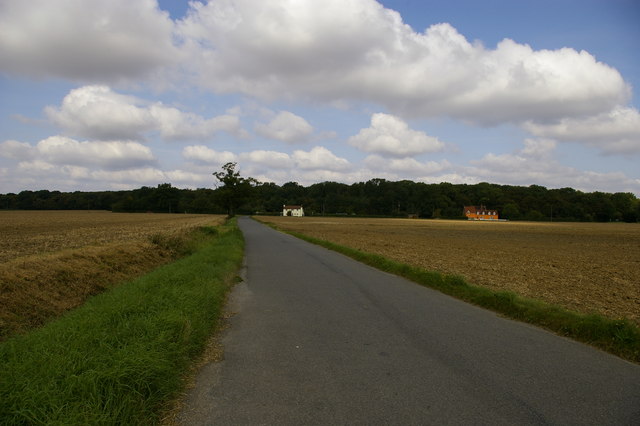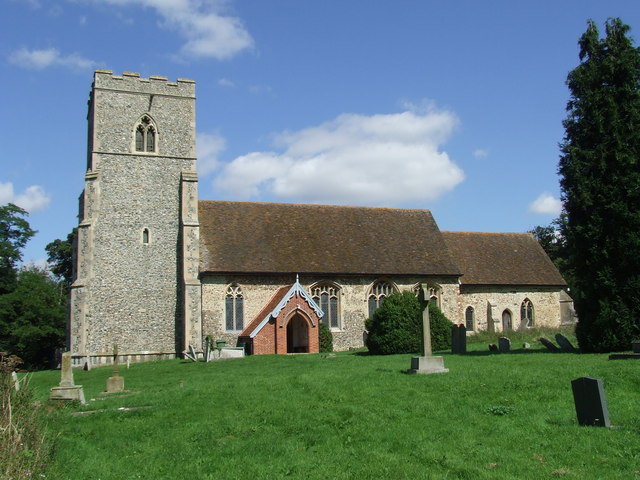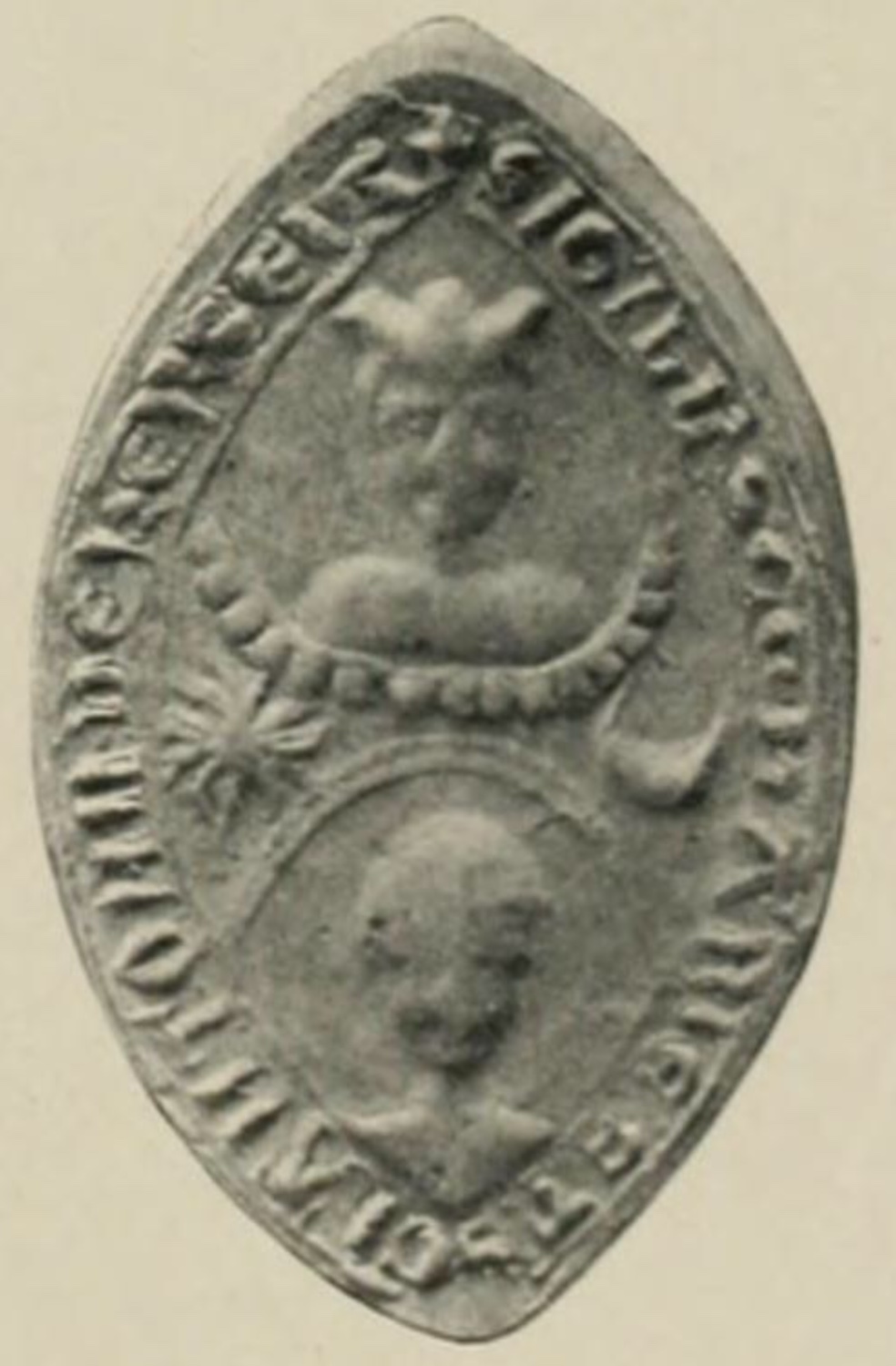Castling's Heath
Settlement in Suffolk Babergh
England
Castling's Heath

Located in the county of Suffolk, Castling's Heath is a small village known for its tranquil atmosphere and picturesque surroundings. Situated just a few miles east of the market town of Halesworth, this rural settlement offers a peaceful retreat away from the hustle and bustle of city life.
Castling's Heath is characterized by its charming cottages made of local Suffolk red brick, which adds to the village's timeless appeal. The village is surrounded by stunning countryside, with rolling hills and lush meadows that provide a haven for wildlife and offer ample opportunities for outdoor activities such as hiking, cycling, and birdwatching.
The heart of Castling's Heath is its village green, a well-maintained open space where residents and visitors can relax and enjoy the scenic views. The green is also home to a small playground, making it a popular spot for families with young children.
While Castling's Heath is primarily a residential area, it has a strong sense of community, with various social events and gatherings organized throughout the year. The village hall serves as a hub for these activities, hosting everything from art exhibitions to community meetings.
For amenities, the nearby town of Halesworth provides a range of services, including supermarkets, shops, restaurants, and a railway station. Castling's Heath benefits from its close proximity to this town, making it convenient for residents to access essential facilities.
Overall, Castling's Heath offers a charming rural lifestyle with its idyllic setting, strong community spirit, and easy access to nearby amenities.
If you have any feedback on the listing, please let us know in the comments section below.
Castling's Heath Images
Images are sourced within 2km of 52.053624/0.87261 or Grid Reference TL9743. Thanks to Geograph Open Source API. All images are credited.


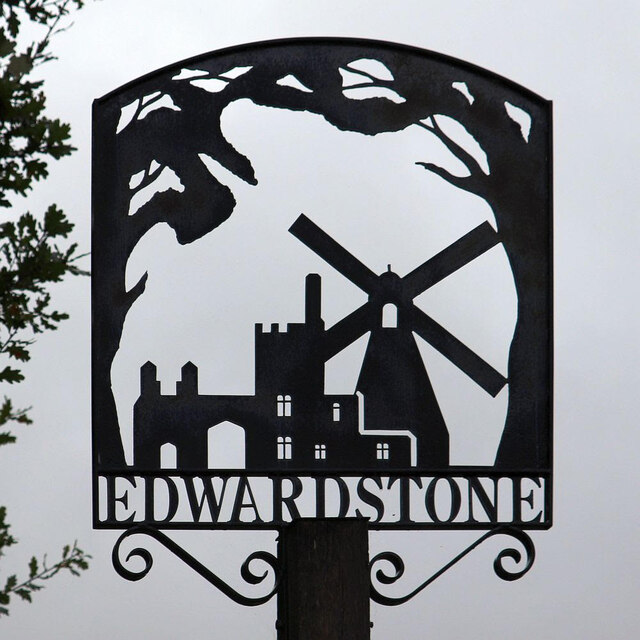
Castling's Heath is located at Grid Ref: TL9743 (Lat: 52.053624, Lng: 0.87261)
Administrative County: Suffolk
District: Babergh
Police Authority: Suffolk
What 3 Words
///imperious.city.flip. Near Hadleigh, Suffolk
Nearby Locations
Related Wikis
Groton Wood
Groton Wood is a 20.2-hectare (50-acre) biological Site of Special Scientific Interest north-east of Groton in Suffolk. It is owned and managed by the...
Lindsey, Suffolk
Lindsey is a small village and a civil parish, located in mid-to-south Suffolk, under the purview of Babergh District Council. == Layout == The parish...
Groton, Suffolk
Groton is a village and civil parish in the Babergh district, Suffolk, England, located around a mile north of the A1071 between Hadleigh and Sudbury....
Boxford, Suffolk
Boxford is a large village and civil parish in the Babergh district of Suffolk, England. Located around six miles east of Sudbury straddling the River...
Milden Thicks
Milden Thicks is a 42.3-hectare (105-acre) biological Site of Special Scientific Interest east of Great Waldingfield in Suffolk, England. It is in four...
Edwardstone
Edwardstone is a village and civil parish in the Babergh district, in the county of Suffolk, England. The parish contains the hamlets of Mill Green, Priory...
Kersey Priory
Kersey Priory was a priory in Kersey, Suffolk, England. It was founded before 1218 as a hospital dedicated St Mary the Blessed Virgin and St Anthony under...
Kersey, Suffolk
Kersey is a village and civil parish in the Babergh district in Suffolk, in the east of England. The main street has a ford across a stream. Its principal...
Nearby Amenities
Located within 500m of 52.053624,0.87261Have you been to Castling's Heath?
Leave your review of Castling's Heath below (or comments, questions and feedback).


